The Horror Movie Magazine You Can Really Sink Your Teeth Into
Why Web Standards?
If you’re viewing this site in Internet Explorer 4.5 or earlier, or in Netscape Navigator 4.7 or earlier, chances are you’ve seen this message: “This site will look much better in a browser that supports web standards, but it is accessible to any browser or Internet device. To view this site, please continue to scroll down.” Web standards govern the implementation of different web-based innovations, phasing out previous innovations (remember the <blink> tag?) and outdated standards from one version to the next. Click here for the rest of the story....
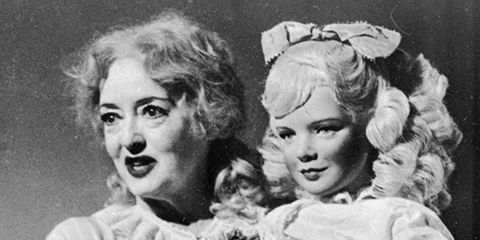
Send in the Crones: Older Women Stars in Contemporary Gothics, 1962-1976
Most horror films have a theme or subtext about the past—personal, historical, evolutionary—invading the present. In the post-studio era of American film, that theme took an odd turn as aging Hollywood stars, particularly women, were used as monsters or victims in a series of gothic thrillers. Click here for the rest of the story....
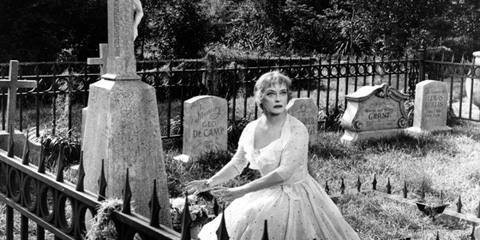
Send in the Crones: A Filmography
My homemade filmography lists 23 horrific films after Baby Jane utilizing older female stars in a significant capacity. Scholarly fans might have more nominees for this category. Click here for the rest of the story....
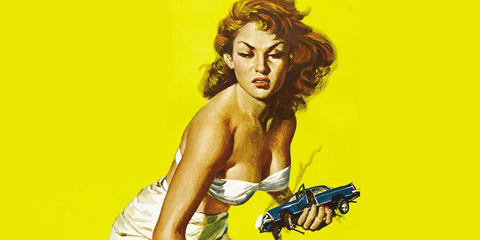
The B-Movie Mystique: American Feminism at the Drive-In
While Friedan was busy with her research, women’s voices were being heard in another, less scholarly, venue. Unhappy and unfulfilled, women of the B-movies were staking their own claims, demanding their rights—however sensational their means—while Friedan was interviewing women concerning this “the problem that has no name.” Three particularly good examples of this “drive-in feminism” are Attack of the 50 Foot Woman (1958), The Wasp Woman (1959) and The Leech Woman (1959). Click here for the rest of the story....
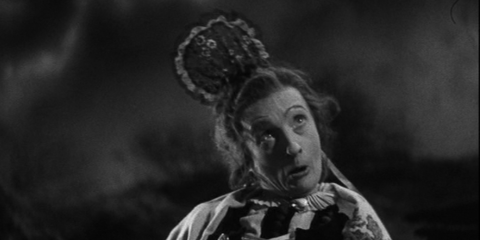
The Grand Dames of Horror: Maria Ouspenskaya and Una O’Connor
Whale, who delighted in colorful eccentrics, gave O’Connor a chance to stretch her comedic talents carrying on with various bits of “business” as she tries to find out about her bandaged visitor, then running about screeching after he disrobes to reveal nothing underneath. To most viewers, it is Una O’Connor’s appearances that remain the second most memorable, after Rains. Click here for the rest of the story....
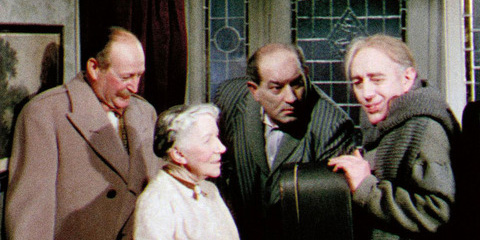
They only Wanted to Rule the World: A Celebration of Cinematic Villainy, Part IV
Taking pride in their villainy, these evildoers find a higher purpose behind their crimes, even if the purpose is their own cleverness. They regard themselves as free of the worldly constraints, either because they are too clever to be penned in by the rules of society or because of some crime (real or imagined) that was committed against them. They feel that the end justifies their criminal (and apparently evil) means. Click here for the rest of the story....
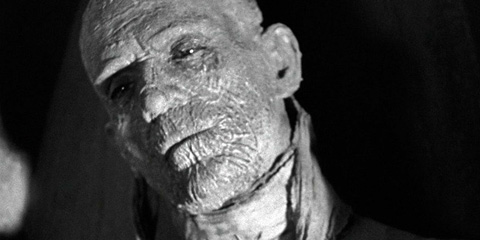
The Universal Classic Monsters Collection Part III: Monsters in Love
The first essay in this review dealt with the two 1931 Draculas; the second with the three “monster” films of James Whale. The four remaining DVDs in the set are technically equal in quality (except for a few early scenes in The Wolf Man where the picture gets the jitters) and deluxe in presentation. It’s more difficult to find thematic commonalities among the four, but there is one strong thread: they’re all about monsters in love. Click here for the rest of the story....
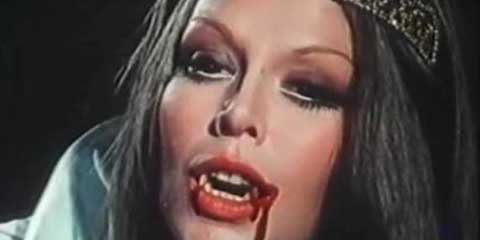
Hannah: Vampire Queen on a Budget
Despite the distractions of gaping plot holes and gratuitous jump-out-of-the-shadows shocks, this movie has its good points. Perhaps inadvertently, it paints a rare picture of the old-style vampire, a stealthy figure who is quite vulnerable when found out. The director, American actor Ray Danton, makes the most of the obviously low budget. The special effects and makeup in this movie have lost whatever oomph they once had, and the dialogue is often silly. But the look is atmospheric, and Danton manages some poetic images. Click here for the rest of the story....
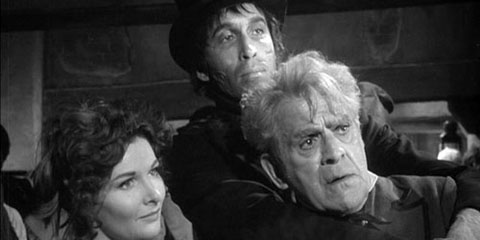
Karloff Delivers In Two Underappreciated “B” Classics
In his classic 1976 work on horror icons, The Horror People, John Brosnan suggests that, during the final years of Boris Karloff’s life, very few of his films were of any particular note. Indeed, after makingBlack Sabbath, Brosnan claims that “the only other film of importance that [Karloff] made was Targets” (1954). He neglects, like several other authors, many of Karloff’s films from the late 1950s and early 1960s, and this is a shame. Two such films—Haunted Strangler and Corridors of Blood—have beenavailable on DVD from Image Entertainment for a couple years now. For Karloff fans, these two films, bothdirected by Robert Day and featuring a historical British setting, are definitely worth checking out—although one is far superior to the other. Click here for the rest of the story....
